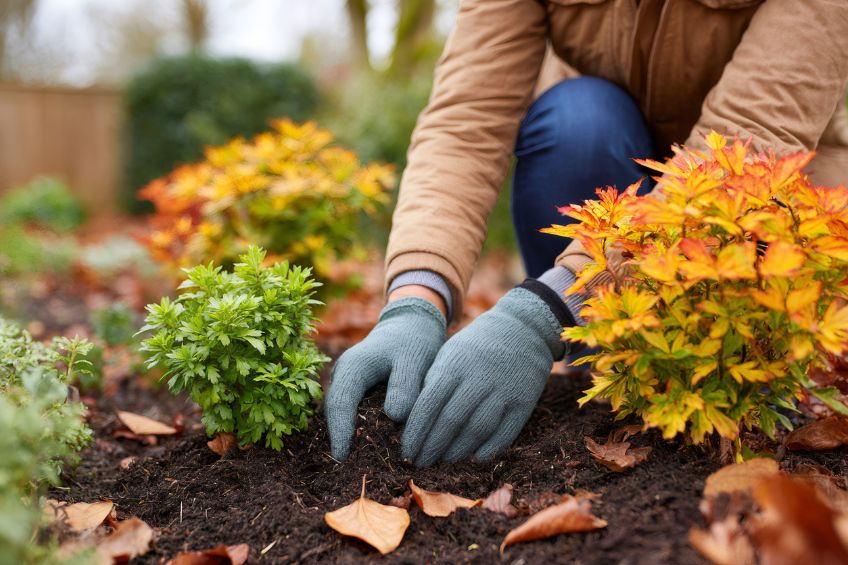

As Utah gardens settle into dormancy, soil health doesn’t stop—it shifts. A complex network of microorganisms beneath the surface continues to influence how next year’s plants will grow. Applying compost in late fall is an effective way to strengthen this living system before its winter rest.

While many gardeners think of composting as a warm-weather process, soil science suggests otherwise. Studies have shown that even under cold conditions, soil biology remains partially active, transforming organic matter into slow-release nutrients that carry over into spring. This process makes late-fall composting a strategic final step in seasonal soil management.
Utah’s freeze–thaw cycles help redistribute fine organic material into the upper soil layers. As water freezes, it expands—loosening soil structure—and as it thaws, organic particles settle. Over repeated cycles, compost becomes gradually integrated into the soil even under winter conditions. Compost also functions as a biological and physical buffer. It retains moisture, dampens temperature extremes, and mitigates surface erosion during snowmelt. According to the USU Extension, compost increases organic matter, improves soil structure, and gradually releases nutrients as microorganisms decompose it—even in cooler soils.
A late-fall compost layer functions as a winter-long soil amendment, working silently while visible garden activity halts. Its benefits include:
What may appear dormant from above is, in fact, a period of subtle but vital transformation below ground.
Utah’s semi-arid conditions make timing a decisive factor. Late October through early December is typically ideal—after the first frost, but before consistent deep freezes. During this period, soil remains workable and able to absorb organic material.
For residential gardens, a one- to two-inch layer of well-finished compost is sufficient to stabilize soil and feed microbial activity. Snow or winter rain will naturally help settle the compost into the surface profile without the need for tilling.
Professionals often refer to this as “passive integration”—allowing winter weather itself to perform the slow incorporation process that mechanical cultivation achieves during warmer months.
Late-fall composting reframes soil care as a continuous process. It bridges the dormant gap between harvest and renewal, turning winter into an active period of restoration beneath the surface. Landscapers and homeowners who treat compost as this final seasonal layer are, in effect, preparing their spring gardens months in advance.
Healthy spring growth begins now, as soil organisms feed, rest, and rebuild under the protective cover of organic matter.
Late-fall composting is the final act of stewardship in the gardening year. As Utah’s soils brace for winter, this layer becomes the bridge between one growing season and the next—protecting structure, sustaining microbes, and storing nutrients for spring release. Though invisible beneath the snow, compost continues to shape the soil that supports every plant to come.
For those committed to building healthier landscapes year after year, The Dirt Bag remains a trusted Utah source for premium compost and soil blends that strengthen gardens from the ground up. Each season, that simple layer of organic matter becomes a lasting investment—in the soil, in the landscape, and in the growing year ahead.